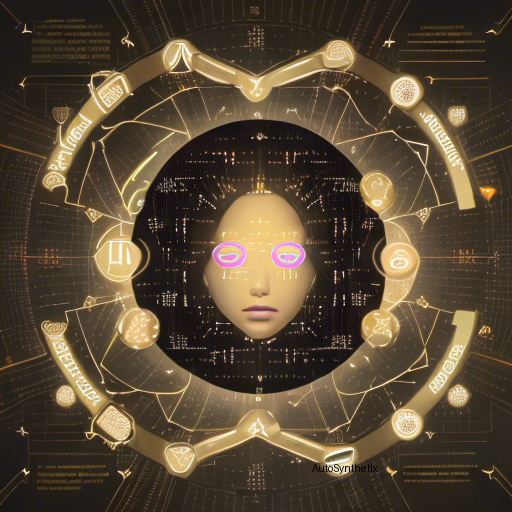Introduction
In today's rapidly evolving technological landscape, artificial intelligence (AI) continues pushing boundaries at a staggering pace. A recent groundbreaking development has emerged under the spotlight—the era of "Semantic Decoding." As researchers delve deeper into transforming collaboration dynamics involving Large Language Models (LLM), human intervention, and diverse tool integration, they envision a future where meaning takes center stage over syntax alone. Let's unravel the intriguing world of semantic decoding together.
The Proposed Perspective – Enter 'Semantic Tokens'
A team of visionary thinkers propounds a revolutionary approach towards reimagining traditional AI paradigms by introducing the notion of "semiotic processing" through their proposed framework – Semantic Decoding Algorithm. At its core lies the belief in treating text not merely as strings of words but rather as collections of interconnected ideas encapsulated in what they term "semantic tokens," akin to known thoughts.
This shift signifies a significant departure from conventionally prioritized syntactical structures while retaining the essence of self-contained meanings. These semantic tokens represent coherent building blocks of knowledge, allowing seamless interaction across multiple semantic processors like people, machines, databases, etc., resulting in more sophisticated output generation.
Bridging Syntax & Semantics Via Optimization Processes
With a focus on the higher plane of meaning, the framework bridges the gap between two longstanding pillars of natural language understanding - syntactic decoding, dominated by autoregressive language modeling techniques, and now, semantic decoding. Conceptually, both forms of decoding share similarities; however, the former emphasizes sequential word order arrangements, whereas the latter prioritizes contextual relevance beyond mere grammatical correctness.
By adopting a holistic outlook encompassing varied sources of data inputs, including user prompts, model suggestions, external resources, et al., this innovative methodology aims to establish a harmonious symphony of intelligent agents working collectively toward refining outcomes. Ultimately, semantic decoders will serve as the architects of optimal solutions within a vast ocean of semantic tokens.
Research Opportunities Amidst the Horizon of Meaningfulness
As the veil lifts off this fascinating new domain, myriad avenues open up inviting further exploration. Research areas include devising methods to transition smoothly between different token types, developing efficient strategies for merging disparate yet complementary streams of thought, and creating evaluation metrics tailored specifically for assessing performance in this unique environment. Additionally, examining how semantic decoding can enhance existing applications in fields ranging widely from creative writing assistance to medical diagnostics promises promising insights.
Conclusion
Embraced wholeheartedly, the advent of Semantic Decoding heralds an exciting epoch in AI evolution. Driven primarily by the ideals of synergy amidst heterogeneous cognitive entities, this novel conception paves the way forward towards achieving next-generation AI systems capable of harnessing the true power residing deep within the realm of meaning itself. With continuous advancements unfolding before our eyes, one thing remains certain—our collective journey exploring these depths shall undoubtedly leave indelible marks upon tomorrow's intellectual landscapes.
Source arXiv: http://arxiv.org/abs/2403.14562v1
